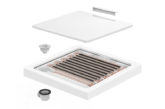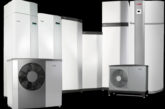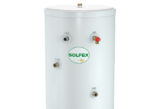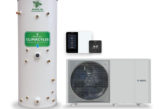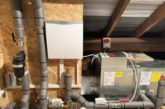
According to data from MCS, the UK’s quality mark for small-scale renewables such as solar panels and heat pumps, there were a record 170,000 certified renewable installations in the first six months of 2025. This is a 37% increase on the equivalent period last year, and a 33% increase on the previous highest start to a year in 2023.
The number of renewables installations include 30,000 certified heat pump installations – a 12% increase on last year’s record start to a year.
MCS data shows that there were almost 50,000 renewable installations on new build properties – accounting for 28% of the total for the year so far. This is almost double the figure for January – June 2024, where 21% of certified renewables went onto new builds.
Ian Rippin, CEO at MCS, (pictured) said: “Across all renewable technologies, we are seeing a dramatic rise in the number of installations being delivered into homes – helping to reduce energy bills for consumers and drive down emissions. Crucially, there are also more MCS certified installers than ever before, which means a growing capacity to deliver high-quality installations at volume into people’s homes.
“With roughly 14% of greenhouse gas emissions estimated to come from domestic heating, it’s critical that installations of low-carbon technologies are delivered to a high quality. As installation numbers continue to rise, we’re proud of the vital role that MCS standards continue to play in giving everyone confidence in the ability of home-grown technology to heat and power their homes.”
Charlotte Lee, Chief Executive at the Heat Pump Association, said: “It’s fantastic to see the continued growth in heat pump installations, solar panels, and battery storage into 2025. With electrification firmly on the Government’s agenda, this suite of measures will play a vital role in reducing consumer bills, enabling flexibility, and enhancing the UK’s energy security. The recent Spending Review confirmed £13.2bn for delivering the Government’s Warm Homes Plan, a significant commitment, which we expect to outline further support for the electrification of heat.”



